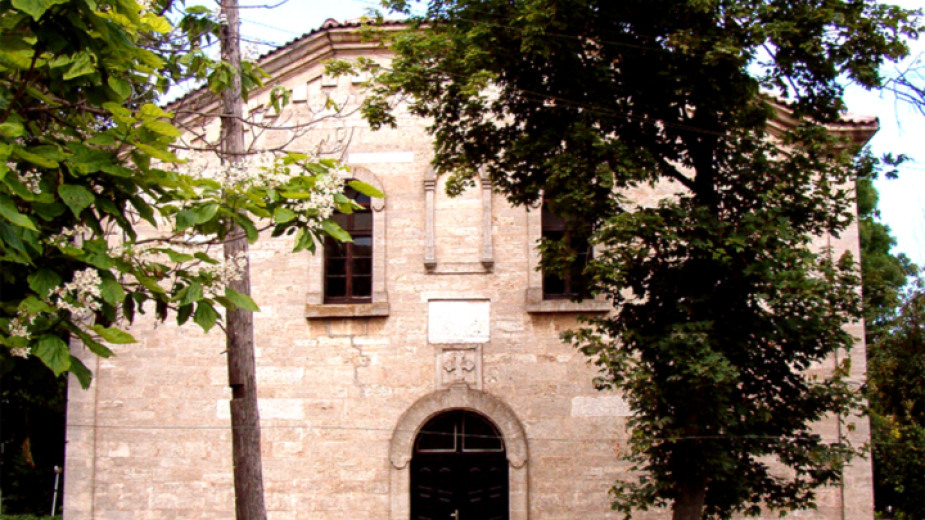 10
10
Every year on February 10, the feast of St. Haralambos , Bishop of Magnesia, is celebrated with special solemnity in a small Bulgarian town in the northernmost part of the country's Black Sea coast. For Shabla and its residents, this is the temple feast of the church "St. Holy Martyr Haralambos", which they built with great dedication, personal labor and sacrifices, but also a day of gratitude.
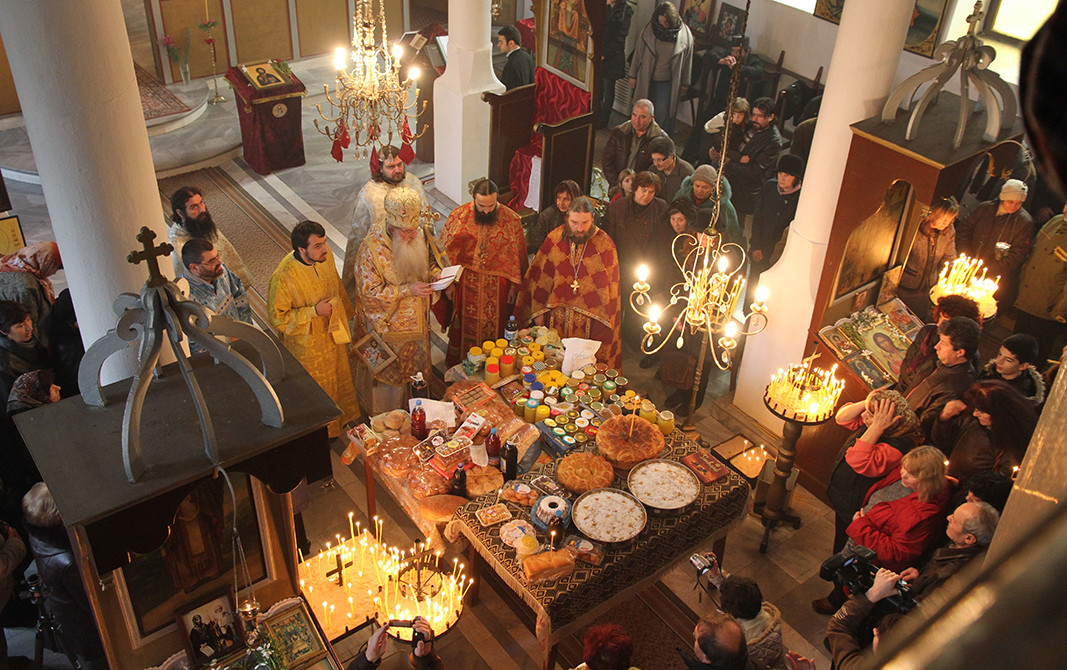
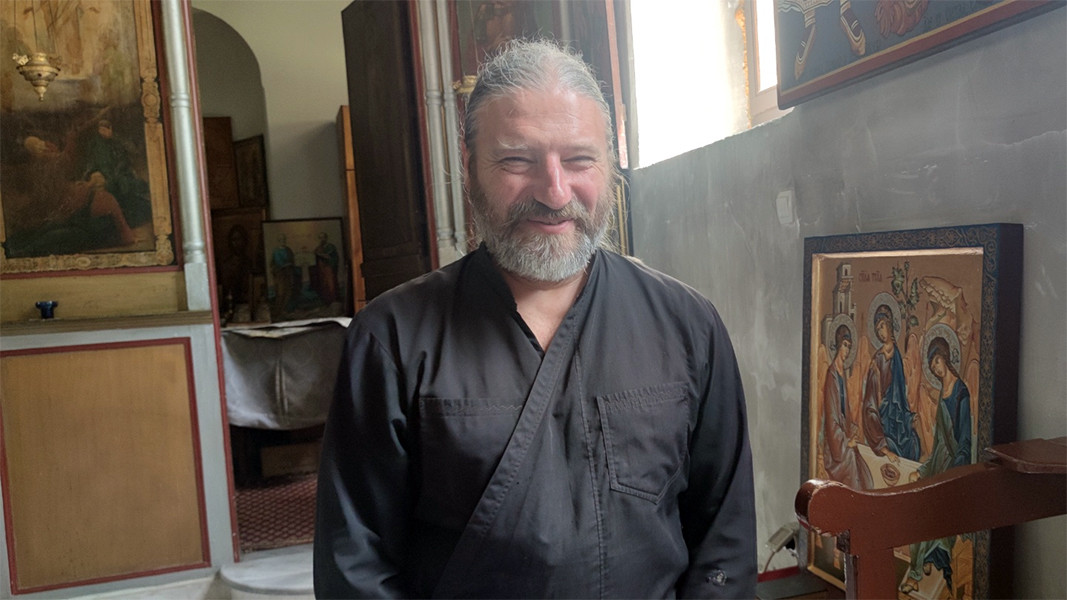
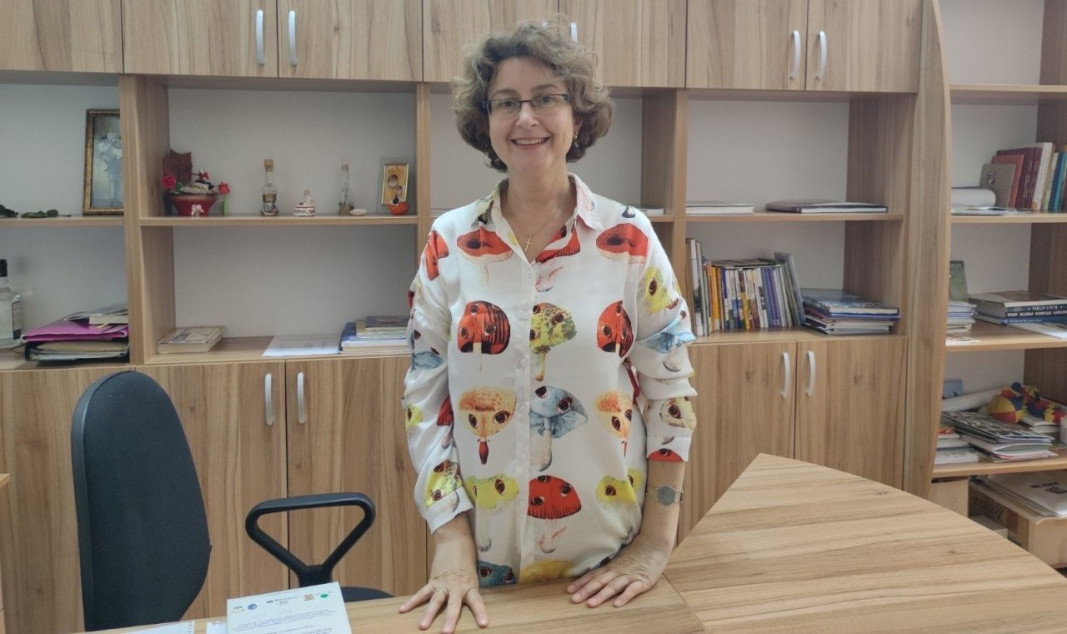
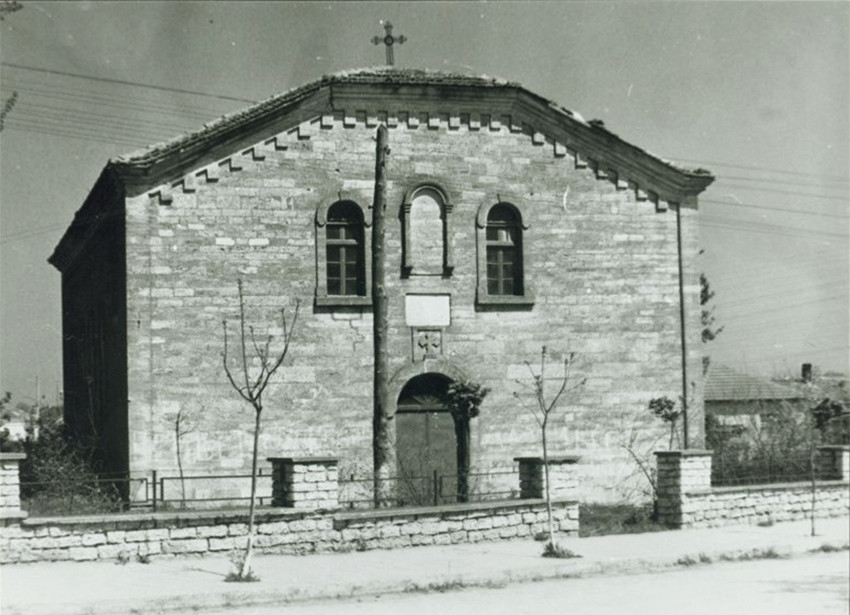
"The archives show that he had 51 years of service", continues Father Pavel. "His name appears as a young priest from 1897. In the last registers, when he baptized, he already wrote in large block letters and apparently in 1948 he was already very old. The most interesting thing is that he personally left a detailed description of the coast with geodetic points in the Shabla lighthouse, which shows that he was а educated and, in this respect, a versatile person."
According to the registers, Father Nikola did not serve in the parish between 1914 and 1917 and there is information that he was interned somewhere in Northern Romania. By the will of God and the intercession of his heavenly patrons St. Nicholas and St. Haralambos he returned to Shabla where his earthly journey probably ended. After him, of course, came other priests, who continued to care for the temple and the congregation, and the solid walls, erected under the expert eye of master Hristo Bozhkov-Zagoretsa, remain to remind generations of the God-loving work of their ancestors, and in 1999 the restoration of the church began:


Read also:
On 16 April 1879, the deputies of the Constituent Assembly debated, approved and signed Bulgaria’s first constitution, the Tarnovo Constitution. This document established the legal basis for the establishment of the new Bulgarian state following the..
8 November is celebrated as the Feast of Saint Michael the Archangel. According to church legend, Archangel Michael commands the whole army of angels in the fight against the forces of darkness, and during the second coming of the Son of God, he will..
In today’s world, where material values overshadow the spiritual, reflections on the salvation of souls somehow remain in the background. The constant race against time and the stream of daily tasks muffle the voice of the soul, which struggles to..

+359 2 9336 661
